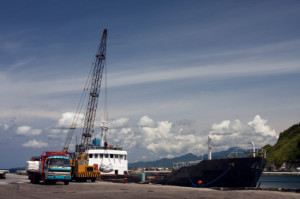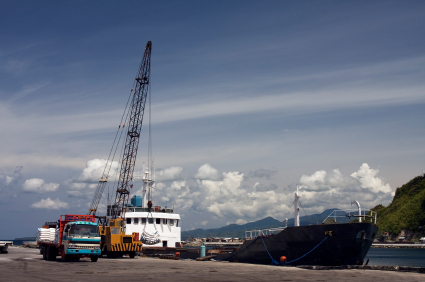 Congestion, inefficient port operations, fragmented port and poor road systems are major problems for international shipping lines calling the Philippines, according to an official of Maersk Line.
Congestion, inefficient port operations, fragmented port and poor road systems are major problems for international shipping lines calling the Philippines, according to an official of Maersk Line.
“There is immediate need for the Philippines to invest in infrastructure — both port facility and roads,” said Maersk Line Philippine country manager Sylvia Ding at the recently concluded Philippine International Maritime Conference and Exhibition in Manila.
“The Philippines needs modern and efficient capacity either through the Private Public Partnership or through foreign investments.”
In addition, she said efficiency improvement measures such as fixed berth windows should be adopted.
Ding noted China invested in infrastructure ahead of time, allowing it to reach volumes it is handling now. China has a port capacity of 170 million twenty-foot equivalent units (TEUs) compared to the Philippines’ six million TEUs.
At the moment, a few projects are ongoing to improve Philippine port infrastructure. These include completion of Berth 6 at the Manila International Container Terminal. The berth is expected to open in the first quarter of 2012 and will increase port capacity to 2.4 million TEUs from the current 1.9 million TEUs.
The Philippine Ports Authority is also implementing a P3.98-billion project at the Port of Davao to jack up the facility’s annual capacity to 1.3 million TEUs.
Other expansion projects in the works are in Iloilo, Zamboanga, Ozamis, General Santos, Cagayan de Oro, North Harbor, and Batangas.
In the next five years, Maersk Line expects global container traffic to grow 5% with containers from South East Asia, including the Philippines, and Australasia rising by 42 million TEUs.





